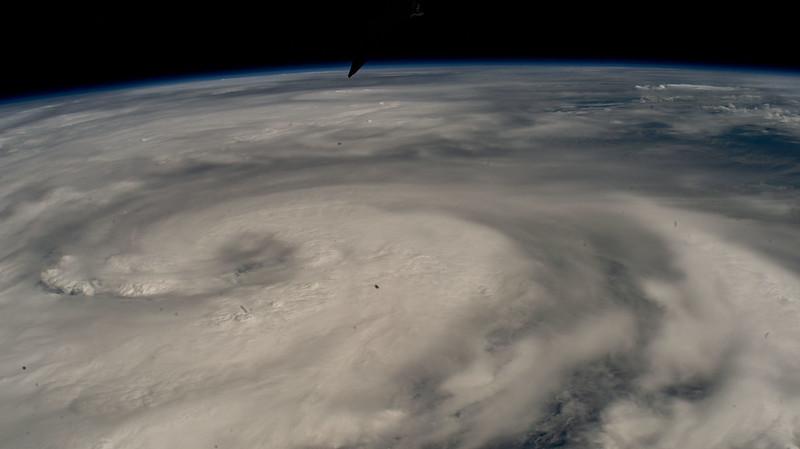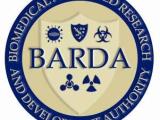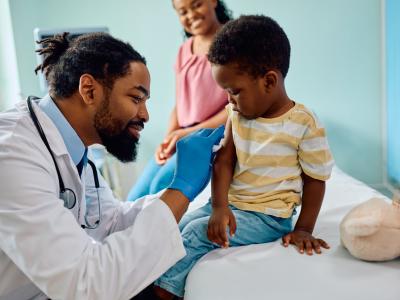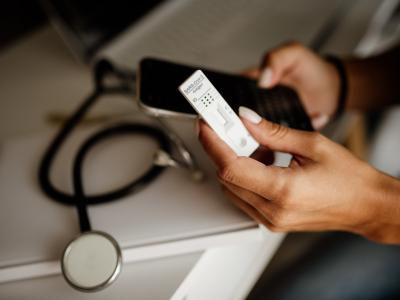New research published yesterday in Emerging Infectious Diseases provides another hint that a rare bacterial infection that's typically linked to travel to tropical regions might have domestic sources in the United States and could be tied to hurricanes.
The paper details the identification of four geographically linked cases of melioidosis, an infection caused by contact with the bacterium Burkholderia pseudomallei, in Georgia over a 40-year period. Although the exact source of the exposure is still unknown, molecular analysis of bacteria samples from the four patients, who all lived in the same Georgia county, suggests a common local source.
Melioidosis is incredibly rare in the United States, with roughly 12 cases a year reported, and most cases occur in people who have traveled to regions of the world where B pseudomallei is commonly found in soil and water—including South and Southeast Asia, northern Australia, and parts of Central and South America, Puerto Rico, and the US Virgin Islands. Investigations into US melioidosis cases typically start with questions about travel history.
A cluster of US cases in 2021 that sickened people in four states and killed two was linked to contaminated aromatherapy spray imported from India. Then, in 2022, the Centers for Disease Control and Prevention (CDC) announced that investigators had found B pseudomallei in soil samples from the Gulf Coast region of southern Mississippi, Three local cases of melioidosis were later determined to have been caused by the same strain identified in the soil.
Historic surveillance isolates reveal links to recent cases
The paper, authored by researchers from the CDC and Georgia Department of Public Health, describes two melioidosis patients identified in Georgia in late September 2024, shortly after Hurricane Helene made landfall.
The patients, neither of whom had recently traveled internationally, shared a common worksite, where they were both exposed to "mud, dust, wind, and 10 inches of rain," the researchers wrote. Both patients were hospitalized, treated with intravenous antibiotics, and ultimately discharged.
Often described as "the great mimicker" because it looks like other conditions, melioidosis can cause a range of symptoms, including fever, localized pain or swelling, cough, chest pain, respiratory distress, weight loss, muscle or joint pain, headache, and seizures. The infection is fatal in 10% to 50% of those infected. Both patients had fever and chills, and one was diagnosed as having pneumonia and severe sepsis.
After confirming that the patients had been infected by B pseudomallei, the researchers performed whole-genome sequencing (WGS) on the patients' isolates and compared them with seven B pseudomallei isolates selected from the CDC's multidecade surveillance archive on the basis of geographic proximity or sequence type. WGS revealed that the bacterial genomes from the isolates of the 2024 patients were highly related to each other and to those from two US military members from Georgia who had died from melioidosis infections in the 1980s—one in 1983 and the other in 1989, a month after Hurricane Hugo made landfall.
Review of military service records found that both US military members, at the time of their deaths, had lived in the same county in Georgia as the 2024 patients. One had served in Vietnam, but that was 20 years before his death, and the researchers say a latent B pseudomallei infection is unlikely.
"Without leveraging historical surveillance isolates archived at CDC, we would have concluded the 2024 cases represented a potential new local or imported exposure," the authors wrote. "However, the relatedness of patient-derived isolates and the close geographic proximity of all 4 patients in Georgia are strongly suggestive of a shared, locally acquired environmental exposure, dating back to the 1980s."
The relatedness of patient-derived isolates and the close geographic proximity of all 4 patients in Georgia are strongly suggestive of a shared, locally acquired environmental exposure, dating back to the 1980s.
The authors say that isolation of the bacterium from the local environment is needed to determine whether it's endemic and to characterize the local health risk. They also note that all four of the Georgia patients became ill or died in September or October, and that high wind speeds, rain, or flooding from hurricanes may have contributed to at least three of the infections. In endemic regions, melioidosis cases typically increase during the rainy season and after severe weather events.
"Because hurricanes regularly affect the US, increased knowledge of melioidosis among healthcare providers is needed, particularly if patients have contact with floodwater, mud, or debris," they wrote.















